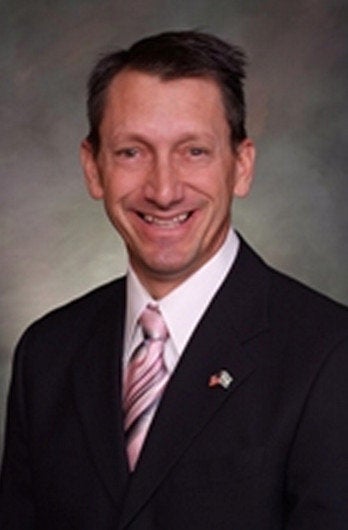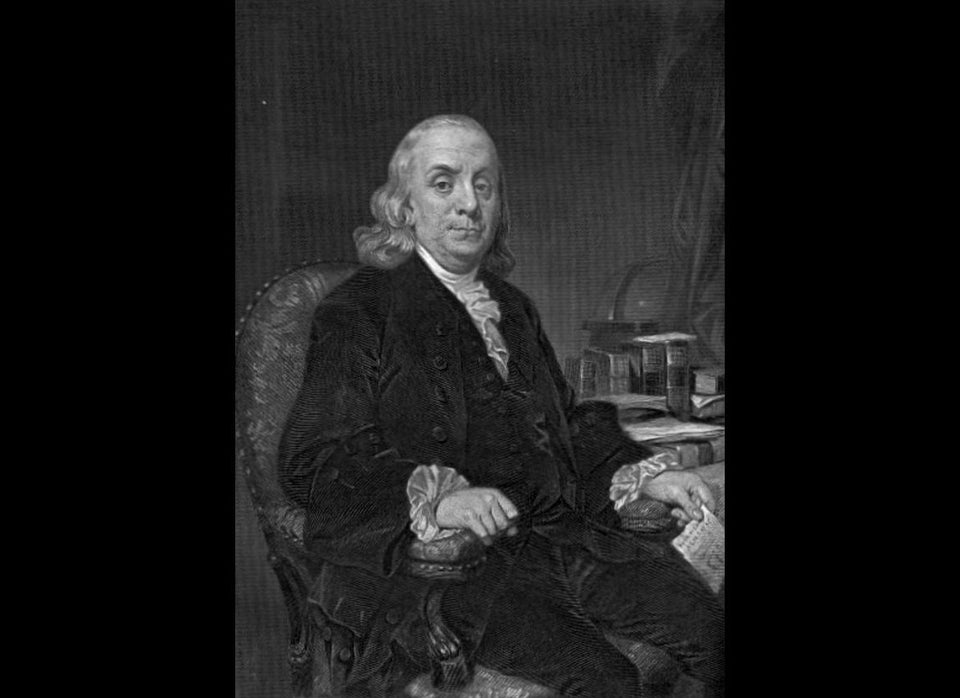
Colorado Sen. Greg Brophy (R-Wray) is passionate about daylight, so passionate that he is going to ask Colorado voters to weigh in on making Daylight Saving Time last all year in the Centennial State.
The state legislature still has to approve of Brophy's measure, but if they do, Referendum T, as it would be called, could appear on the Colorado ballot in 2014 and could go into effect in 2015, The Denver Post's Lynn Bartels first reported on Wednesday.
On Tuesday night at sunset, the Colorado lawmaker asked over Twitter:
On Wednesday afternoon, Brophy took to his Facebook page to give some more detail behind his passion for DST:
Two years ago I mentioned on FB how much I despise changing clocks twice a year. The response was overwhelming. Everyone hates the time change. Many urged me to run a bill to end the madness, so I did. It failed, but people continued to contact me and urge another try, so I will. This time a referred measure, hopefully Ref T.
By not changing our clocks, winter mornings would remain darker longer and winter evenings would remain lighter later, which Brophy told The Denver Post is perfect for an "outdoorsy state."
Not all states observe Daylight Saving Time. Residents of Arizona, Hawaii and U.S. territories Puerto Rico and the Virgin Islands will remain on their normal schedules.
Benjamin Franklin has been credited with the idea of Daylight Saving Time, but Britain and Germany began using the concept in World War I to conserve energy, the Washington Post observes. The U.S. used Daylight Saving Time for a brief time during the war, but it didn't become widely accepted in the States until after the second World War.
There's now broad agreement among historians that the true mastermind of daylight saving time was George Vernon Hudson (1867-1946), a specialist in insect biology (entomology) who left England for New Zealand in 1881. In 1895, when he first presented the idea to the Royal Society of New Zealand, he was mocked. Other members of the society deemed the proposal confusing and unnecessary. But attitudes changed, and he lived to see his brainchild adopted by many nations -- including, in 1927, his own.
In 1966 in the United States, the Uniform Time Act outlined that clocks should be set forward on the last Sunday in April and set back the last Sunday in October.
That law was amended in 1986 to start daylight saving time on the first Sunday in April, though the new system wasn't implemented until 1987. The end date was not changed, however, and remained the last Sunday in October until 2006
